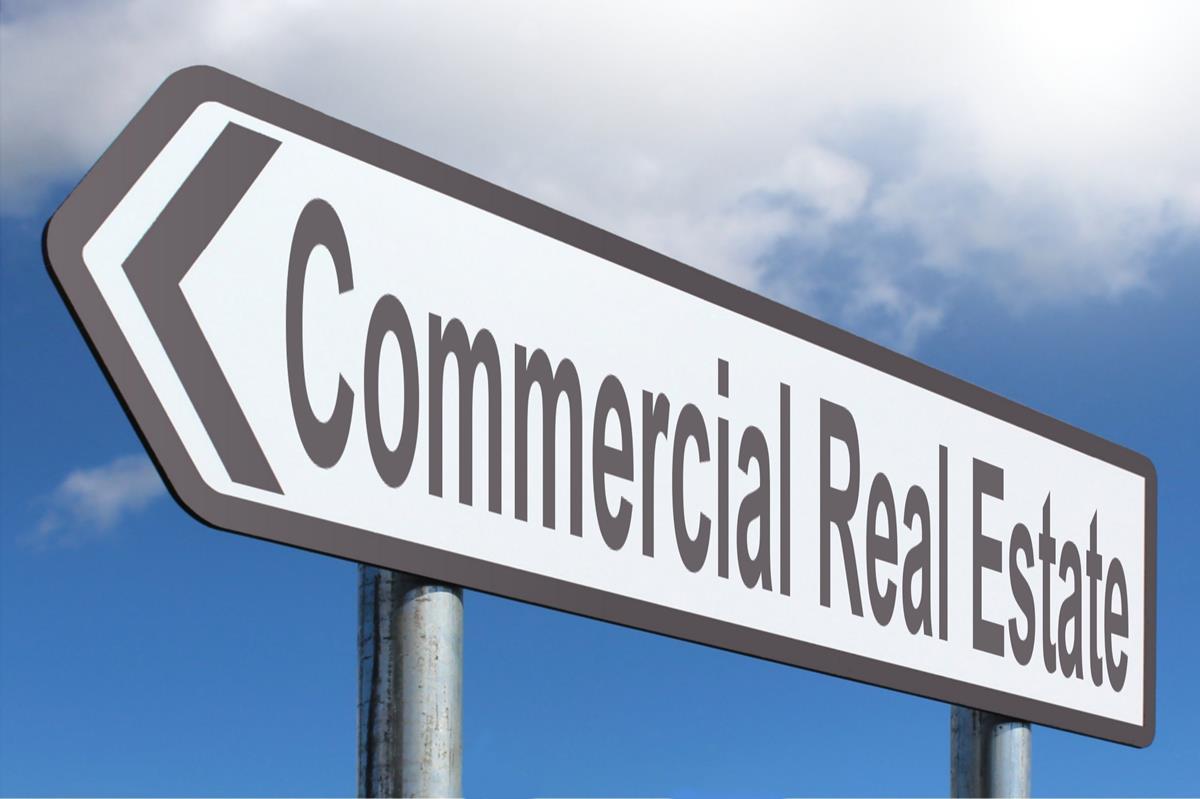Before we begin with the types of commercial real estate loans, let’s first talk about what the commercial loans are and how can they help you. When you search them online, there is very difficult vocabulary that you come up with.
So in order to understand it better, let’s begin in a simple way. Commercial Real Estate Loans are the types of loans that you can get when you want to expand or renovate your business. They should not be confused with the small business loans. Like when you buy a house and there is some mortgage involved, similarly, in the case of a company, this mortgage is handled in the form of loan.
If you want to get a commercial real estate loan, it is necessary for you that you must own at least 51% of the building. If this is not the case, you can go for investment property loan. If you are interested, here are the few types of commercial real estate loan

Traditional Commercial Mortgage:
Most banks and different moneylenders give business land credits to an assortment of properties, property development finance, including places of business, mechanical structures, multi-families and retail focuses. As a rule, the property should be proprietor possessed.
Like a private home loan, the business advance will be anchored by the property being obtained. Past that, terms change generally relying upon the loan specialist. A few banks will make completely amortized credits with long terms up to 25 years and advance to-esteem proportions up to 80%. Different banks may have premium just advances with terms of 10 years and credit to-esteem proportions of 65%. For the most part, however, it’s harder to meet all requirements for a conventional home loan than different kinds of business land advances. Banks need to see borrowers with great individual credit, a solid business and a low obligation benefit scope proportion.
SBA 7(a) Loan:
These advances, called 504 advances, are really made out of two unique credits: one from a Certified Development Company (CDC) for up to 40% of the advance sum and one from a bank for half or a greater amount of the advance sum. You, as a borrower, will be in charge of putting no less than 10% as an upfront installment. The CDC bit of the advance can go up to $5 to $5.5 million, which means the whole task being financed can be upwards of $10 at least million. You should intend to fund in any event $350,000 through a 504 advance.
Financing costs on the CDC credits depend on U.S. Treasury rates and are settled once you get the credit. All through 2017, these rates have changed somewhere in the range of 4% and 5%. The financing costs on the bank advance are commonly factor. In case you’re utilizing the advance to buy land, the most extreme term is 20 years.
Commercial Bridge Loans:
Like their name suggests, connect advances are utilized to “bridge the gap” until the point that long haul financing can be anchored for the business property. At times, the moneylender influencing the long haul to advance will likewise influence the extension to advance on the property. Most scaffold advances accompany short terms, commonly a half year to two years, and numerous are not amortized. Financing costs on connect advances are a couple of rate focuses higher than the going business sector rate.